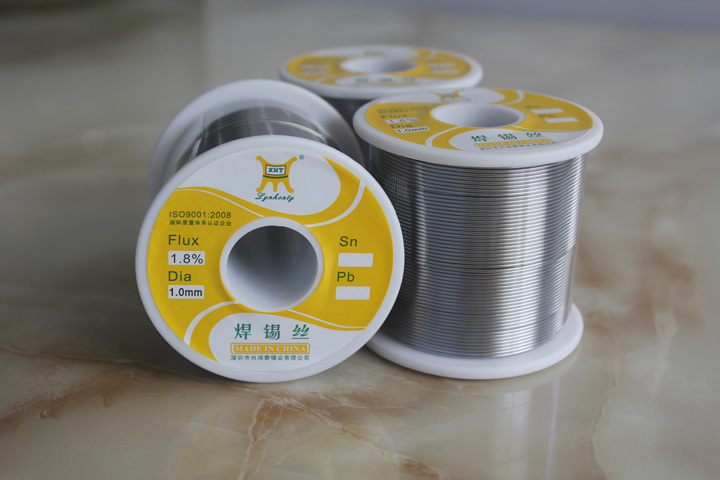
You are here:Home > TECHNICAL SUPPORT > Solder knowledge
Solder is the medium between the connecting components and the circuit board. Soldering materials are indispensable in the production and maintenance of the electronics industry. The solders we often use in the installation and maintenance of electronic circuits are made of tin and lead. The metal is a certain proportion of the fusion, in which the proportion of tin is slightly higher.
Generally, according to its composition, commonly used solder materials are tin-lead alloy solder, silver-added solder, copper-added solder, tantalum solder, and cadmium solder.

What are the main components of solder materials? The following is a technical staff from Shenzhen Xinghongtai manufacturers:
The main components of solder materials are tin metal and lead metal alloy metal. The eutectic point of tin-lead alloy is 183 ° C, generally 37% lead and 63% tin. Most of the solder materials are mainly based on this ratio. . In fact, solder can meet the different needs of the melting point of the alloy by changing the ratio of the tin-lead metal. It is also possible to add a variety of different chemical components to form different solder alloys. Generally, lead-containing solder is suitable for use in welding processes with high soldering temperatures. Solder with a high tin content is mainly used in welding processes where high corrosion resistance is required.
In the production of solder, it is actually possible to add other metal elements as appropriate, in order to achieve a certain property requirement in the solder. For example, adding less than 2% of silver metal to the solder can enhance the mechanical strength of the solder material without damaging the solder properties, and also allows the solder to be bonded to the silver-plated surface without melting due to silver. Reduce the wettability of the solder.
The addition of metallic copper to the solder is intended to reduce the melting rate of copper and to extend the life of the copper bonding tool, but if the copper content is too large, it will result in small solder joints. At present, the solder industry is vigorously developing environmentally-friendly solder, that is, lead-free solder, in order to avoid lead pollution, so it is also possible to appropriately reduce the alloy metal in the solder.
During the soldering process, the molten tin easily reacts with other metals to form a metal compound. If such a compound has high brittleness, it also affects the tension and wettability of the solder surface, which may seriously damage the quality of the solder joint. Therefore, the welding temperature should be reduced as much as possible, the welding time should be shortened, and the metal compound should be avoided as much as possible.
Copyright © 2005 - 2013 Shenzhen Xinghongtai Tin Industry Co., Ltd. 粤ICP备15029771号-1
Technical support: GRWY Site Map Disclaimer
 Consultation
Consultation

 +86 13530302266
+86 13530302266